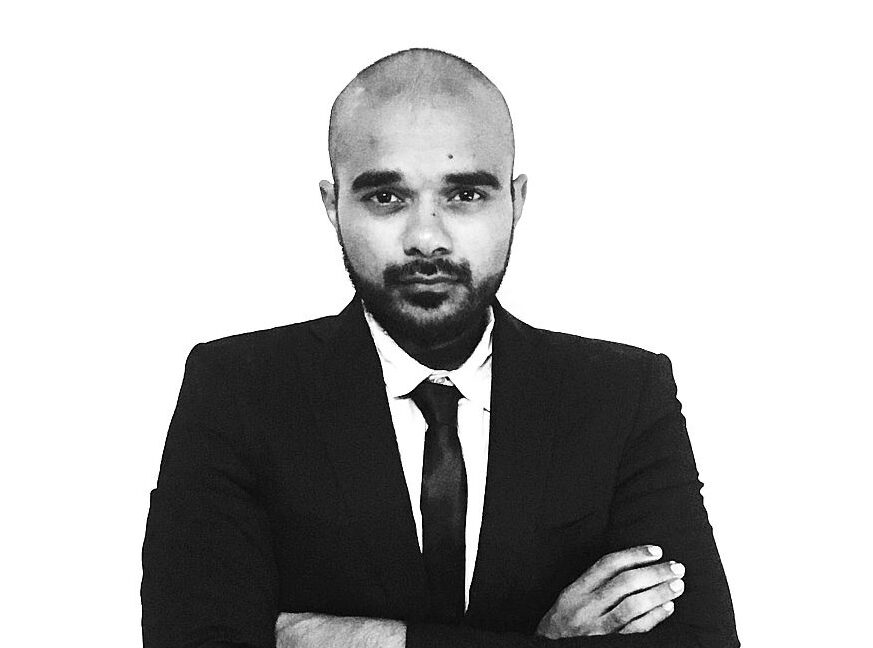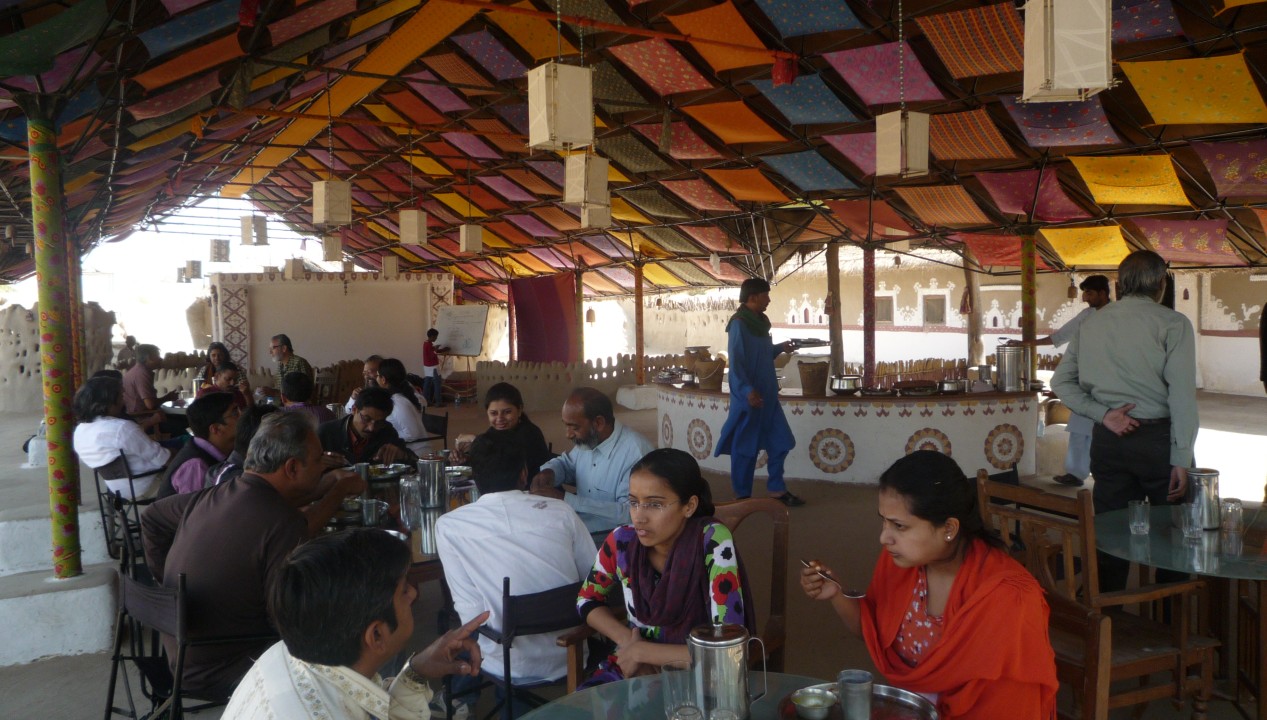Tell us about some important projects that your studio was involved in just before the lockdown.
Some of our projects at the time of the Pandemic include work for Smart City Mangalore, Industrial master planning, International Schools, and a Villa in Vienna, Italy.
Which were the biggest challenges and fears you faced because of the lockdown?
We experienced issues of lack in manpower and human resources. We had to shift to Remote meetings too. Not being able to travel during the lockdown was a hindrance too. Loss of communication between the associated teams and inability to meet with our clients in person significantly slowed down our work process.
What were the challenges you faced with the monetary flow in your practice and how are you handling them?
The biggest challenges were projects getting shelved and the labour force not being available. This completely prevented any opportunities of working. Henceforth the salary payroll became very critical to organize when fund inflow was cut down too.
How are you strategizing to adapt to the new conditions of work upon resumption of office post the lockdowns?
To venture into new departments and new directions were the way ahead for us. Building a new team from scratch seemed a necessity. Working on virtual platforms transformed our way of working.
We are however able to collaborate with international teams which added more sophistication to our practice.
Were any new methods of work evolved during the lockdown?
Real-time meeting with sites and clients on virtual platforms was the best available option. Remote working through the work-from-home model became prominent for us. Flexible working hours were also naturally a part of our process now. Through all these methods it was important for us to focus on teamwork and quality of output.
How were the coordination issues resolved with the studio staff and on-site team?
It was the most difficult issue to be sorted out when travel was banned. But we managed to use WhatsApp and zoom to pave a new strategy to continue construction. Frequent follow up via messages and a dedicated architects-team to monitor the progress was helpful.
What were the biggest learnings from the pandemic? And which decisions and new work methods you feel your studio will continue with for the future?
We have understood that diversifying the business model and establishing new departments within the office can be of immense help. Developing other income-generating channels and investments to support overhead-expenses and the salary payroll, are viable options now.
Architects from Dubai and Argentina joined us recently on a work-from-home basis. This was a fresh area of our practice to explore and learn about. COVID-19 has enabled us to hire and collaborate with people from all around the world now. With the flexible working hours seen now, we try to spend more time on research and development.
Please share a few words about any construction approval processes being influenced by the lockdown. How have the development authorities responded to you and did they share any instructions regarding the approval processes?
The concerned government offices helped us while working remotely to submit the application processes virtually.
How have your contractors and labour network been influenced by the lockdown and what measures have you made to sustain or revive them?
We have tried to provide them with the necessary precautions and brought them back to work from their native place. We have further invited the local labour force to utilize this vacuum generated which helps them with new work opportunities.
Are you involved in any off-studio/allied initiatives such as office collaborations, NGO and social projects, working with authorities, photography, writing, research, conservation, etc.? How were these initiatives influenced by the lockdown, and how are you handling them?
We worked majorly with Coimbatore civic authorities to prevent the spread of COVID-19 in public spaces. We closely worked with the Local minister of public administration, Honorable Minister Thiru SP Velumani Sir on shifting market places to large open public spaces.
About the Practice :
Please let us know about the founding year, principals, team and studio.
APLUSR Architects was founded in 2012. The team consists of architects Raaghav, Naagendran, and Tamil Selvi. Raaghav completed his Master’s in Advanced Architecture at UPC Barcelona, Spain, where He explored the ideas of material, research and design computation that harmoniously culminated into a thesis about Graphene and its Architectural Applications. Currently, APLUSR Architects are working on various steel projects for residences, hospitals, factories, industrial and commercial projects. We try to provide architecture solutions with a blend of ancient past vernacular architecture infused with modern technology.
What are some of the processes and work methods unique to your practice?
The studio is involved in research of materials as a part of their practice. Parallelly workshops are conducted by the studio to test new techniques of construction. APLUSR Architects provides a blend of vernacular materials and modern technology to revive lost arts and craftsmanship.







